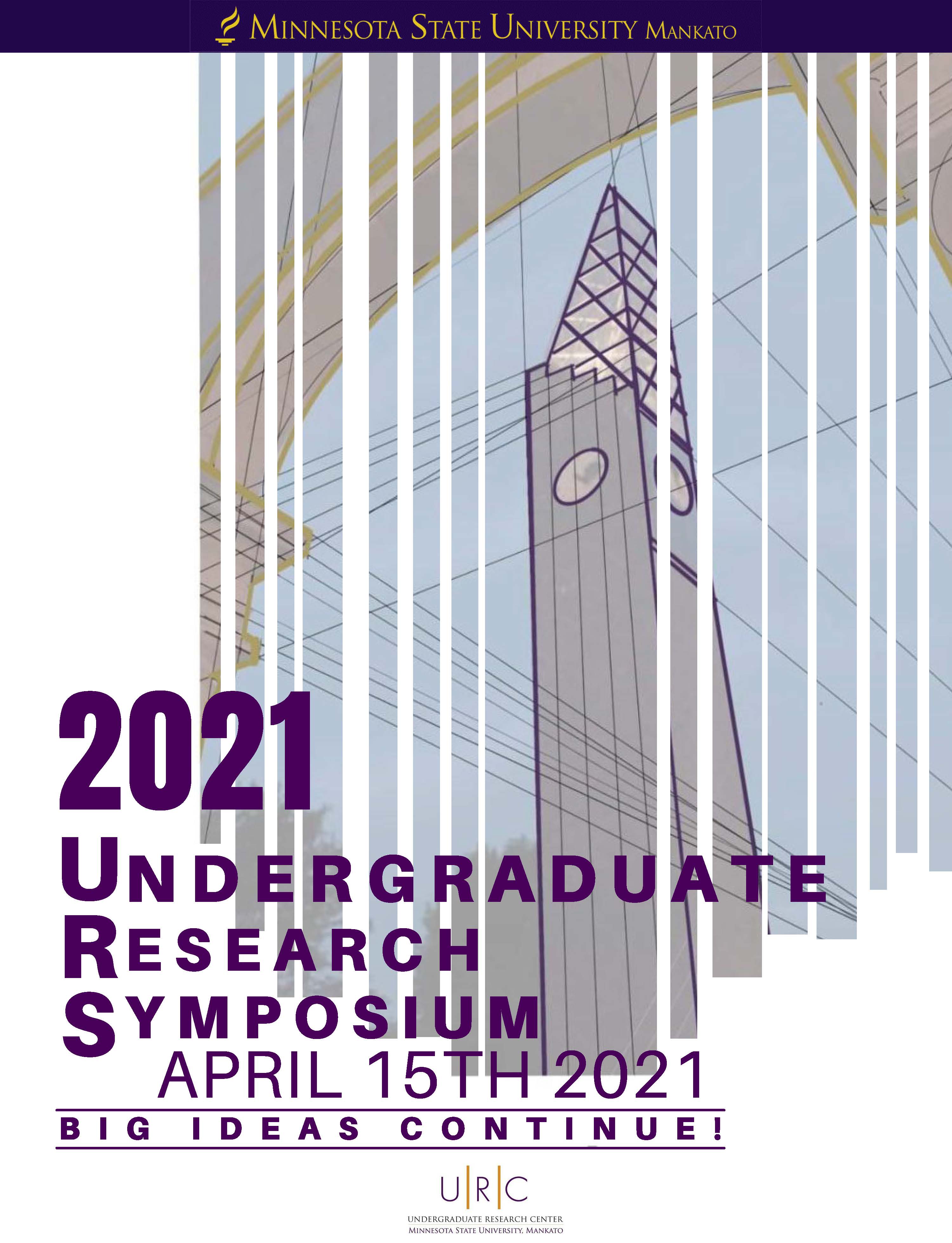Disease Mutations and Oxidative Effects on Calmodulin Structure and Function
Start Date
15-4-2021 9:30 AM
End Date
15-4-2021 10:30 AM
Student's Major
Biological Sciences, Chemistry and Geology
Student's College
Science, Engineering and Technology
Mentor's Name
Rebecca Hayes
Mentor's Department
Biological Sciences, Chemistry and Geology
Mentor's College
Science, Engineering and Technology
Description
Several mutations in the protein calmodulin, termed calmodulinopathies, have been reported as potential contributing factors to the cause of several heart conditions such as Long QT Syndrome, idiopathic ventricular fibrillation, and catecholaminergic polymorphic ventricular tachycardia. In essence, these diseases cause disorders of the heart’s electrical activity, which can be extremely dangerous or even fatal. Calmodulin regulates calcium levels within the cell, and this interaction signals for many cellular processes to occur. Calmodulin has a multitude of binding partners, though this research focused specifically on the interaction between calmodulin and the cardiac ryanodine receptor (RyR2). RyR2 is responsible for the release of calcium from the sarcoplasmic reticulum in the heart muscle during excitation and contraction. When not functioning properly, this receptor can be a cause of irregular heartbeats characteristic of several heart diseases. Furthermore, calmodulin contains a high percentage of methionine (Met) amino acid residues that are crucial to its binding capabilities. However, these residues are susceptible to oxidation, which has been shown to adversely affect calmodulin binding. Our research explored structural and functional effects of two specific disease-causing calmodulin mutants; F90L and D129G. In addition, we have studied the oxidative susceptibility and the structural and functional changes in both wild type and mutated calmodulin. Finally, we investigated the compounding effects of both mutation and oxidation on calmodulin’s binding properties to both calcium and the RyR2 receptor. These results could lead to advancements in possible future treatments for heart diseases such as Long QT Syndrome and our overall understanding of calmodulinopathies.
Disease Mutations and Oxidative Effects on Calmodulin Structure and Function
Several mutations in the protein calmodulin, termed calmodulinopathies, have been reported as potential contributing factors to the cause of several heart conditions such as Long QT Syndrome, idiopathic ventricular fibrillation, and catecholaminergic polymorphic ventricular tachycardia. In essence, these diseases cause disorders of the heart’s electrical activity, which can be extremely dangerous or even fatal. Calmodulin regulates calcium levels within the cell, and this interaction signals for many cellular processes to occur. Calmodulin has a multitude of binding partners, though this research focused specifically on the interaction between calmodulin and the cardiac ryanodine receptor (RyR2). RyR2 is responsible for the release of calcium from the sarcoplasmic reticulum in the heart muscle during excitation and contraction. When not functioning properly, this receptor can be a cause of irregular heartbeats characteristic of several heart diseases. Furthermore, calmodulin contains a high percentage of methionine (Met) amino acid residues that are crucial to its binding capabilities. However, these residues are susceptible to oxidation, which has been shown to adversely affect calmodulin binding. Our research explored structural and functional effects of two specific disease-causing calmodulin mutants; F90L and D129G. In addition, we have studied the oxidative susceptibility and the structural and functional changes in both wild type and mutated calmodulin. Finally, we investigated the compounding effects of both mutation and oxidation on calmodulin’s binding properties to both calcium and the RyR2 receptor. These results could lead to advancements in possible future treatments for heart diseases such as Long QT Syndrome and our overall understanding of calmodulinopathies.



